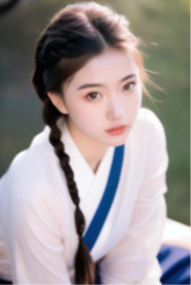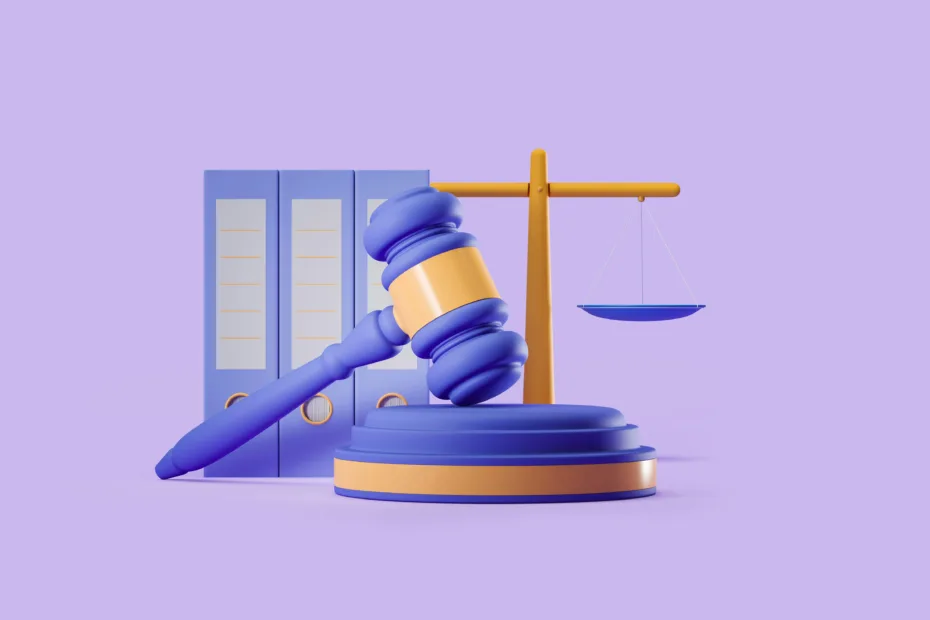Prof Kristofer Erickson, Deputy Director, CREATE, University of Glasgow
Continual improvements in the capabilities of generative AI systems, including the recent release of ChatGPT 4.0 and Sora, as well as Midjourney version 6.0 have drawn headlines as well as concerns from creative industry sectors likely to be impacted by the technology. An important legal question is how to deal with authorship in creative outputs made with AI. Traditionally, copyright has only applied to works made by human authors, however the apparent creative autonomy of generative AI systems has led to debate about the role of the human in AI-assisted creation. In a previous post, I outlined the position in the UK and USA regarding copyright protection in generative AI outputs, representing two different approaches.
Legal and policy responses to generative AI have been slower than the pace of technological development, but there are some recent evolutions in the EU and China that suggest a direction of travel in those jurisdictions regarding the regulation of AI and the copyright status of AI outputs.
European Union: AI Act
The AI Act of 2024 does not directly address copyright issues, but it contains provisions that imply concern for copyright in the datasets used to train AI systems, as well as potential issues related to copyright and freedom of expression in outputs. The preamble of the Act explains that its purpose is “to promote the uptake of human centric and trustworthy artificial intelligence (AI) while ensuring a high level of protection of health, safety, fundamental rights […] and to support innovation.”
The Act relies on a transparency mechanism to promote the aim of trustworthiness, requiring that developers of certain AI systems “draw up and make publicly available a sufficiently detailed summary of the content used for training the general-purpose model […] to facilitate parties with legitimate interests, including copyright holders, to exercise and enforce their rights under Union law.” (Art 53). While the effectiveness of transparency reporting has been a subject of debate, there is likely to be sufficient interest by rightsholders to investigate whether their data or expressions have been used in the training of large models. This may operate as a future disincentive for model developers, wary of inclusion of works that may be protected by copyright.
The fundamental right of freedom of expression is balanced against potential harm from misinformation or “deepfakes”. Article 50 imposes a transparency obligation on providers of AI systems to inform users that they are interacting with an AI system. Art. 50 (4) concerning deepfakes includes an exception, “where the content forms part of an evidently artistic, creative, satirical, fictional analogous work or programme,” enabling providers to limit disclosure in “an appropriate manner that does not hamper the display or enjoyment of the work.” This concern for freedom of expression implies that AI outputs could serve a political expressive purpose linked to other fundamental rights in European law, even when working with AI and making use of protected expressions or likenesses. As pointed out by Guadamuz, the watermarking requirement for works not covered by the exception could have opposite implications for copyrightability, suggesting different treatment based on the intent of any human artists involved in creating deepfakes.
Under existing EU copyright law there does not appear to be any impediment to human authorship and copyright protection in AI-assisted outputs. Following the Infopaq decision by the CJEU, copyright protection applies to any work that is “the author’s own intellectual creation”. In order to reach the threshold an intellectual creation, the author must express free and creative choices that imprint the work with their own personality. Creative choices may be subject to external constraints including rules-based, technical and informational limitations that shape the amount of freedom authors have to express themselves (Hugenholz & Quintais, 2021). The ability to direct the output of generative AI systems using textual prompts would seem to offer sufficient creative possibilities for resulting works to attract copyright protection.
Human authorship and AI in China
A recent decision handed down by the Beijing Internet Court provides an indication about how copyright protection of AI-generated works might evolve in China. In this case (Li Yunkai v. Liu Yuanchun), the plaintiff sued blogger Mr. Liu Yuanchun for copyright infringement after the blogger reproduced an AI image of a female model by Mr Li Yunkai without authorisation.
In assessing whether there was infringement, the Chinese court focused on whether the AI generation undertaken by the plaintiff constituted his own original “intellectual creation”. In coming to its affirmative determination, the court considered different elements of the overall creative process, which included selective or curatorial decisions as well as more directive creative choices. For example, the court considered the plaintiff’s selection of the software (Stable Diffusion) as well as the curatorial process of selecting final images from among different choices, in assessing the overall originality of the work. The court also found that specific prompting instructions given by the plaintiff (such as the direction of gaze of the model, their hair colour and background) contributed to making an original intellectual creation. The prompts entered by the plaintiff to create the image included phrases like “Japan idol”, “cool pose”, “looking at camera” and “film grain” (Tan et al., 2024). The plaintiff also made creative choices, the court determined, by adjusting parameters of the image output (such as its resolution and aspect ratio). In sum, the Beijing court decision adopted the stance that generative AI can be used as a mere tool enabling human authors to create original works, where there is sufficient evidence of creative thought (encompassing directive as well as selective choices). While finding for the plaintiff in this case, the court noted that future determinations of whether AI generated works could attract copyright would need to be assessed on a case-by-case basis.

Lessons and opportunities for research
The fact that the image in question in Li v Liu was not based on an existing image or likeness may have factored into the court’s decision in favour of the creator. The plaintiff Mr. Li used textual prompts to direct the fictional model’s desired features, position and appearance. It is unclear whether the other processes described – selecting between candidate images and adjusting technical parameters – would be sufficient on their own to produce an original intellectual creation. The Beijing case is the first to open the door to interpreting textual prompts as evidence of an author’s original creative choices, even if by admission of the court the production of such images “requires less human investment” than traditional forms of visual expression (Lai et al., 2024).
The intricate relationship between the fundamental right of freedom of expression and human authorship in AI works implied by the recent EU AI Act invites further consideration. In the US Copyright Office registration decision, the claimant Allen argued that their transformation of the first underlying image produced in the creation of Theatre d’Opéra Spatiale constituted fair use and therefore implied human authorship in a derivative work. The USCO disagreed, finding that since there could be no copyright in the underlying work created by Midjourney, the doctrine of fair use did not apply. There could be a new derivative work based on transformation of underlying material, whether in copyright or not, but the USCO did not have sufficient information to disentangle Mr. Allen’s contributions from those of Midjourney.
In Europe the wording of the AI Act suggests that consideration of fundamental rights of a human derivative author might be an important consideration where outputs are “evidently artistic”. Tracking the relationship between exceptions to copyright (such as parody and quotation) and their relation to AI outputs should become a focus of scholarly and policy attention. It is apparent that the question of authorship in outputs is inextricably linked to the question of infringement in upstream copyright works. For example, it is unclear where liability for infringement of the right to adaptation would rest if there were lack of clarity about human authorship in AI-generated outputs.
Whether conceived as a mere tool, or as an autonomous creative agent in its own right, generative AI is increasingly capable of doing heavy lifting in the creative process. The question of where authorship and copyright ownership should ultimately rest is an economic question as much as a philosophical one. Copyright ownership AI-assisted outputs recognizes the personal creative choices of a unique human operator, but raises new questions about the relationship of AI outputs to existing works as well as the amount of unprotected elements that remain available for follow-on creators.
